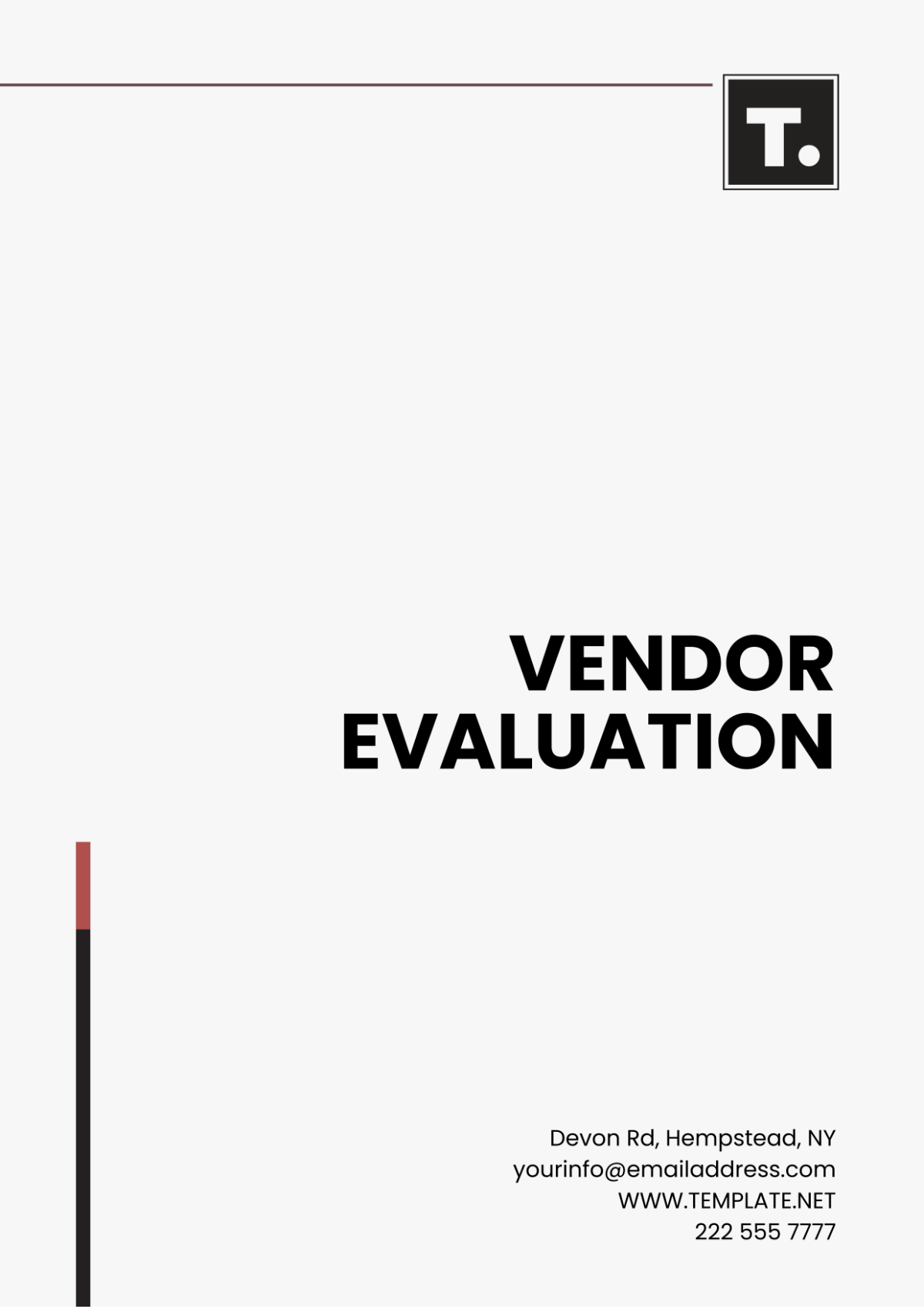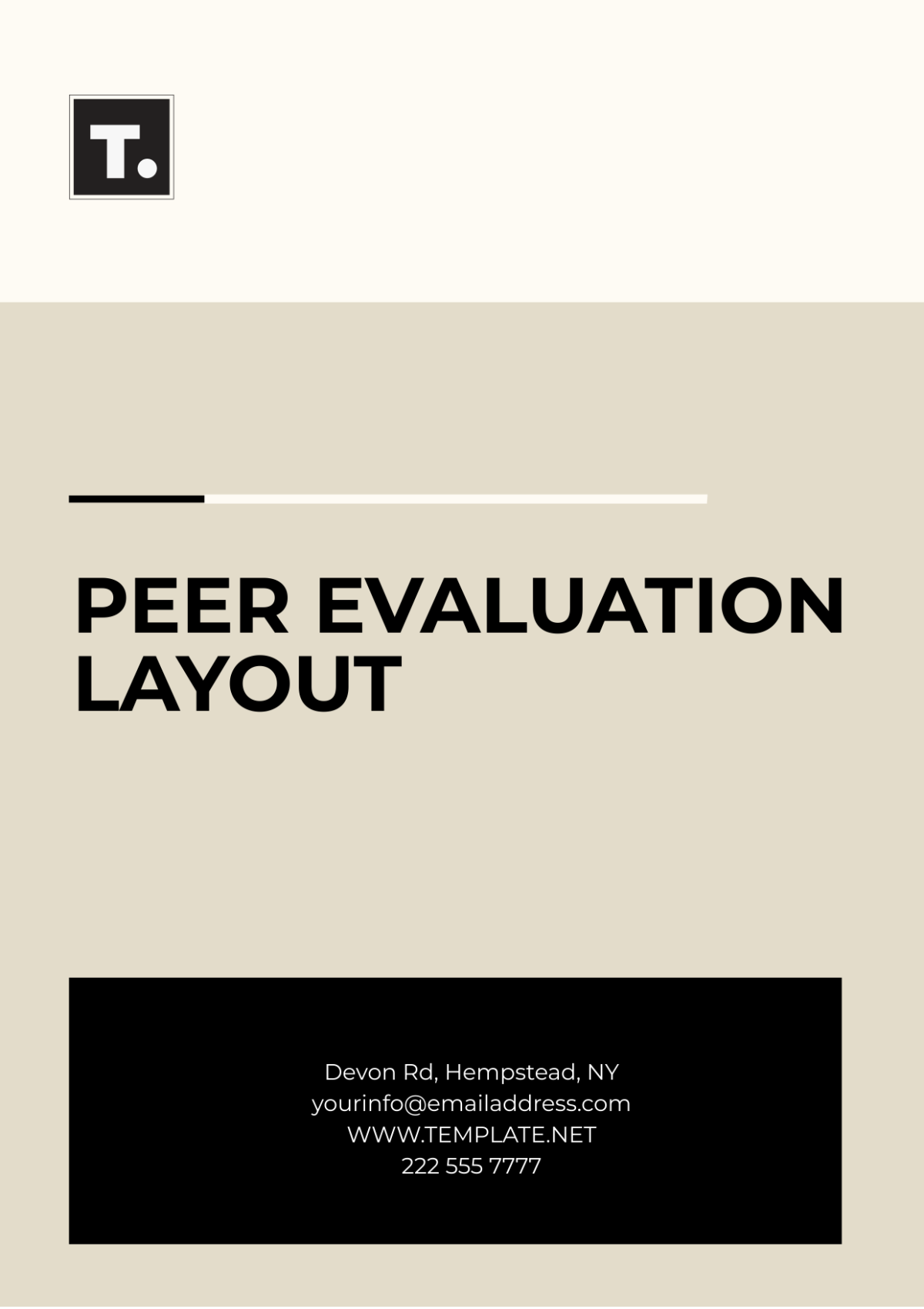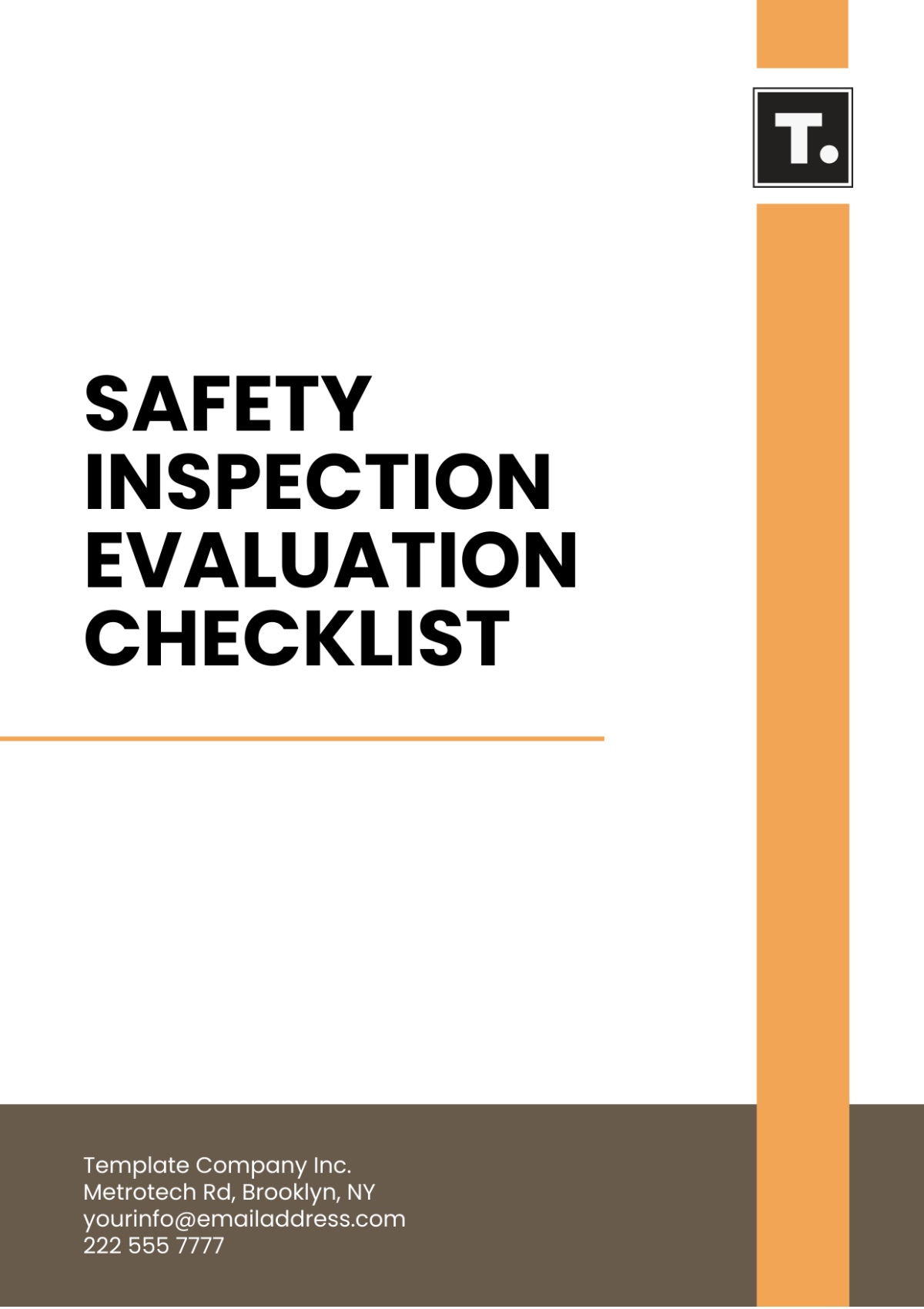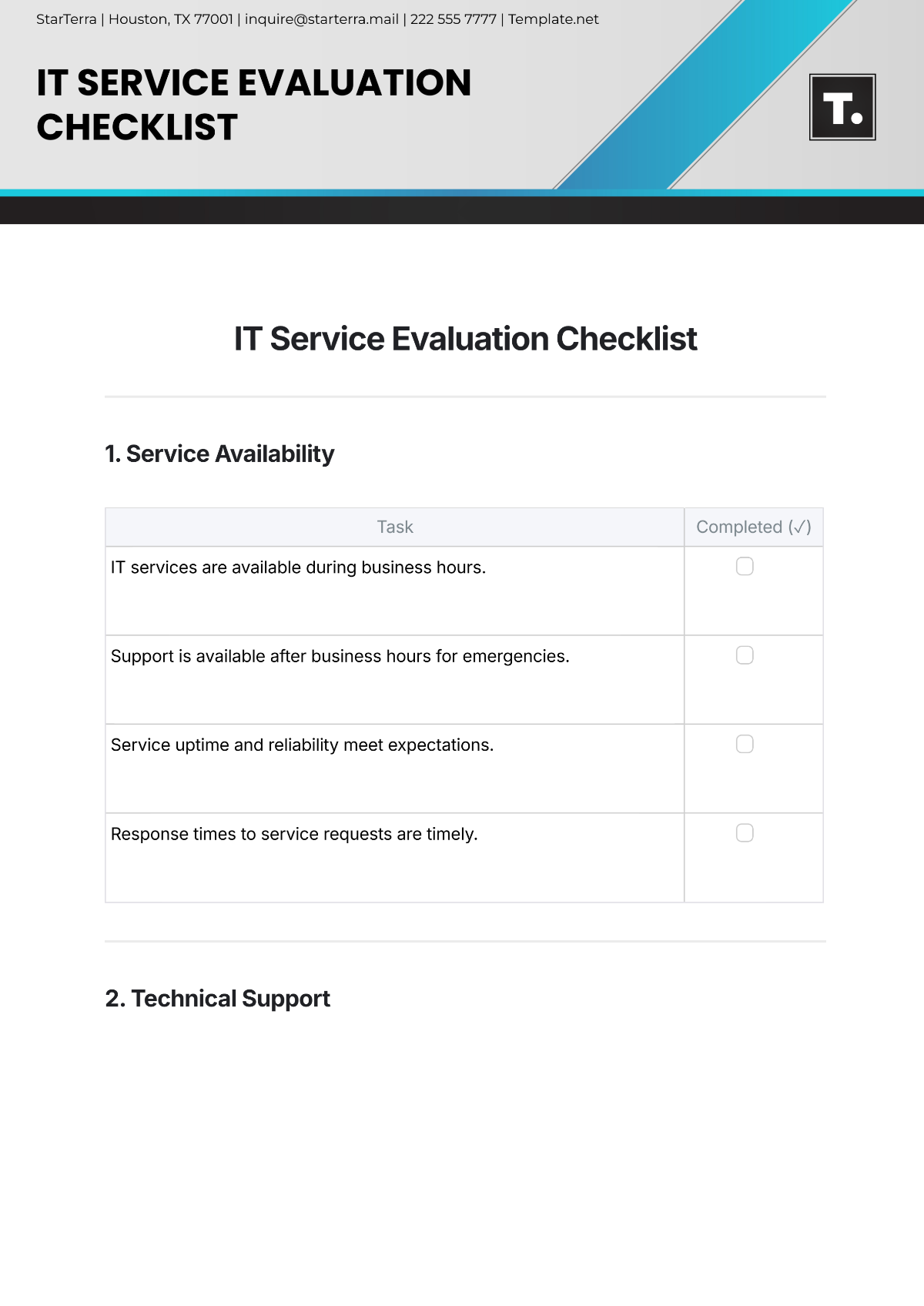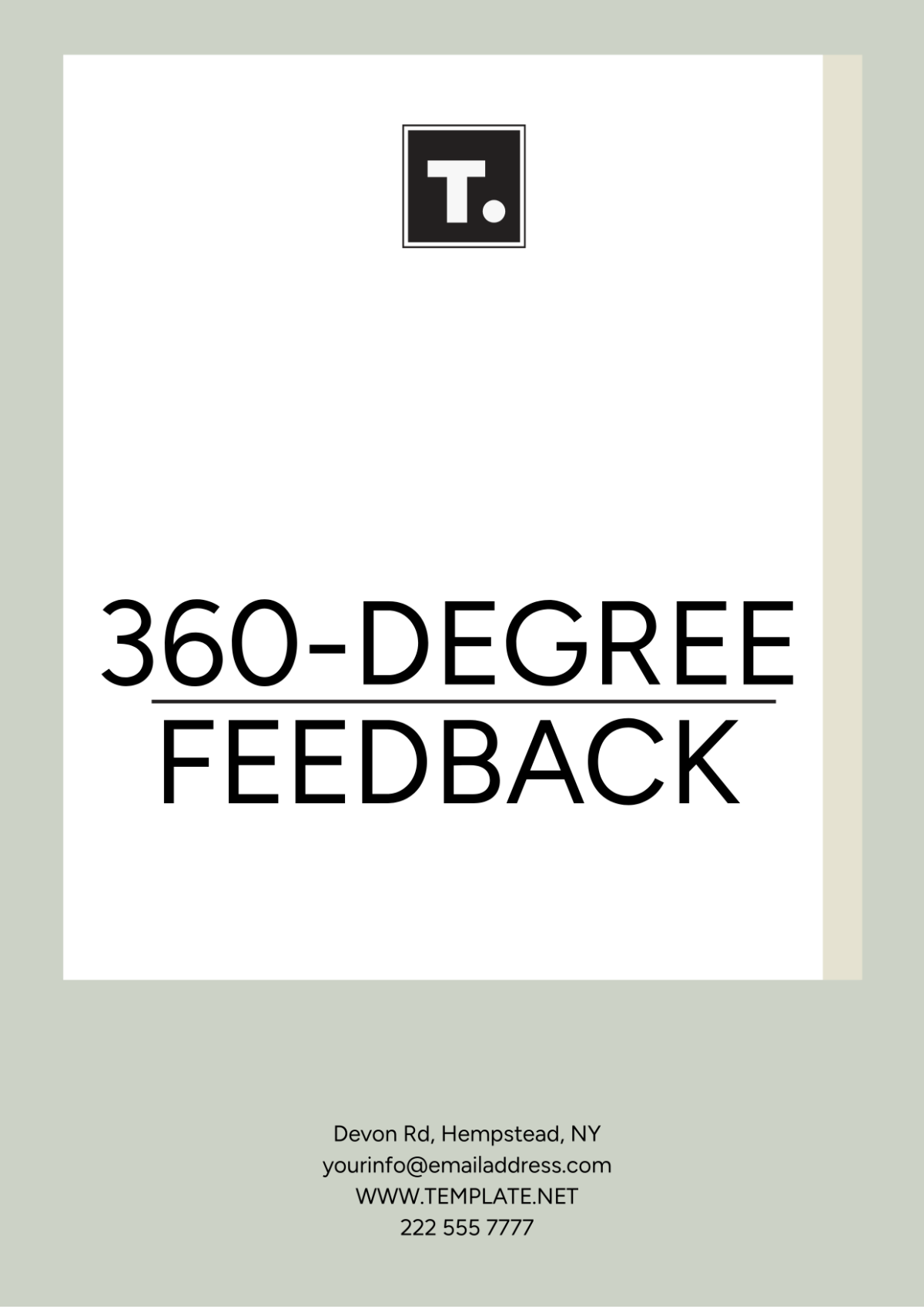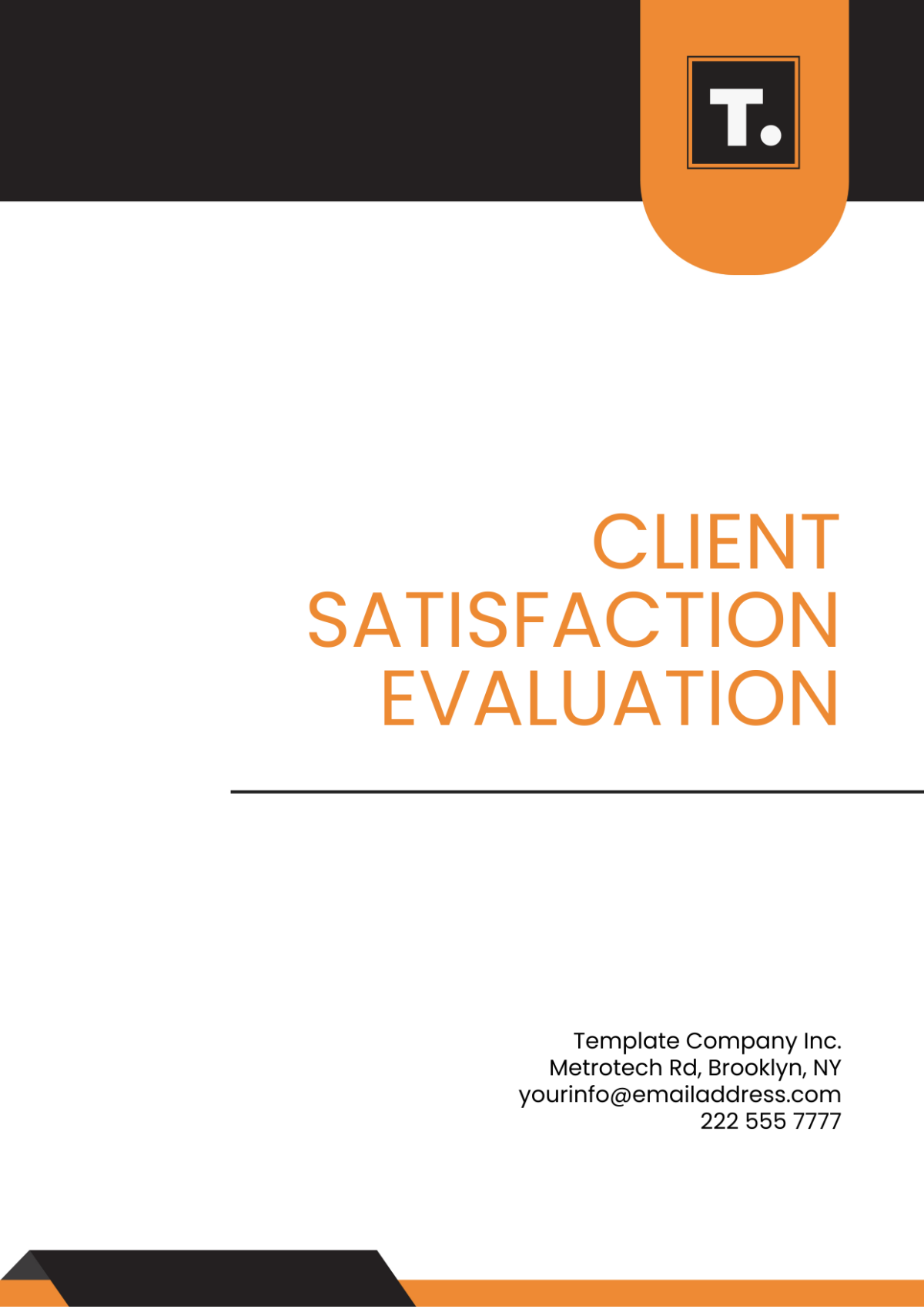Rewards and Recognition Vendor
Evaluation Criteria
1. Introduction
1.1. Purpose
This document serves as a comprehensive guide for evaluating potential vendors in the rewards and recognition space. It outlines the key criteria and considerations essential for selecting a vendor that aligns with our company's goals and requirements.
1.2. Mission Statement
At [Your Company Name], our mission is to foster a culture of appreciation, engagement, and recognition by selecting a rewards and recognition vendor that aligns with our core values and supports our commitment to the well-being and motivation of our employees. We strive to create a workplace where every contribution is celebrated, and where our employees feel valued and inspired to achieve their best.
1.3. Vision Statement
Our vision is to partner with a rewards and recognition vendor that empowers us to build a more engaged and motivated workforce. We aim to implement a solution that not only enhances our employees' experience but also aligns with our organization's growth and success. Together, we envision a future where our employees are recognized, appreciated, and inspired to excel in their roles, driving our company to new heights.
1.4. Scope
This document applies to the evaluation of vendors providing rewards and recognition solutions to [Your Company Name]. It covers all aspects of the evaluation process, from initial research to final vendor selection.
1.5. Document Period
This document is valid for the period from [Month Day, Year] to [Month Day, Year].
2. Reputation and Track Record
2.1. Vendor Background and History
Evaluate the vendor's background and history in the rewards and recognition industry.
Consider the vendor's experience working with organizations of similar size and industry.
2.2. Client References and Case Studies
Request client references and case studies to assess the vendor's track record and performance.
Contact existing clients to gather feedback on their experiences with the vendor's solutions.
2.3. Industry Recognition and Awards
Explore any industry recognition, awards, or certifications received by the vendor.
Assess the vendor's standing within the rewards and recognition industry.
3. Platform Features and Functionality
3.1. Core Features Overview
Evaluate the core features and functionalities offered by the vendor's platform.
Ensure the platform aligns with our organization's specific needs and objectives.
3.2. Gamification and Engagement Tools
Assess the presence of gamification elements and engagement tools in the platform.
Determine how these features can motivate and engage our employees.
3.3. Mobile Accessibility
Evaluate the platform's accessibility through mobile devices, considering the prevalence of remote and mobile work.
Ensure the mobile experience is user-friendly and feature-rich.
3.4. User Experience (UX) Design
Analyze the platform's user experience design, considering ease of use and intuitiveness.
Ensure that the platform promotes a positive user experience.
3.5. Multilingual Support
Determine if the platform offers multilingual support to accommodate our diverse workforce.
Assess the quality and scope of language options available.
3.6. Content Management and Reward Catalog
Review the content management capabilities, including the ability to customize and manage rewards.
Evaluate the breadth and relevance of the reward catalog.
3.7. Feedback Mechanisms
Assess the availability of feedback mechanisms within the platform.
Determine how employees can provide input, suggestions, and feedback on the rewards and recognition program.
4. Customization and Personalization
4.1. Tailored Program Setup
Evaluate the vendor's ability to tailor the rewards and recognition program setup to our organization's unique needs.
Assess the level of customization and personalization offered.
4.2. Branding and Theming Options
Consider the options for branding and theming the platform to align with our company's visual identity.
Ensure a seamless integration of the platform into our organizational branding.
4.3. Reward Personalization
Explore the extent to which rewards can be personalized to suit individual preferences.
Determine if employees can choose rewards that are meaningful to them.
4.4. Program Rules Flexibility
Assess the flexibility of the program rules and parameters.
Determine if we can easily adapt the program as our needs evolve.
5. User-Friendly Interface
5.1. Ease of Navigation
Evaluate the ease of navigation within the platform for both administrators and users.
Ensure a user-friendly interface that minimizes user friction.
5.2. User Onboarding and Training
Assess the platform's user onboarding process and availability of training resources.
Determine if users can quickly and effectively learn to use the platform.
5.3. Accessibility and Responsiveness
Evaluate the platform's accessibility to users with disabilities.
Ensure that the platform is responsive and functional across various devices and browsers.
6. Integration Capabilities
6.1. Third-party Software Integrations
Determine the vendor's ability to integrate with third-party software, such as HRIS systems, payroll software, or communication tools.
Assess the compatibility and ease of integration.
6.2. HRIS and Payroll System Integration
Specifically, evaluate the vendor's capability to integrate with our HRIS and payroll systems.
Ensure seamless data flow and accuracy.
6.3. API Documentation and Support
Review the availability and quality of API documentation for potential custom integrations.
Assess the vendor's support for developers and IT teams during integration.
7. Reporting and Analytics
7.1. Dashboard and Reporting Tools
Explore the capabilities of the platform's dashboard and reporting tools.
Determine if they provide actionable insights into program performance.
7.2. Data Visualization
Assess the quality of data visualization within the reporting tools.
Ensure data is presented in a clear and understandable manner.
7.3. Real-time Analytics
Determine if the platform offers real-time analytics to track program engagement and impact.
Evaluate the depth of real-time data available.
7.4. Custom Report Generation
Evaluate the ability to generate custom reports tailored to our specific reporting needs.
Ensure flexibility in data extraction and reporting.
8. Security and Data Privacy
8.1. Data Encryption and Compliance
Assess the vendor's data encryption measures and compliance with data privacy regulations.
Ensure the highest level of data security.
8.2. Privacy Policies and Data Handling
Review the vendor's privacy policies and data handling practices.
Ensure transparency and ethical data management.
8.3. Disaster Recovery and Redundancy Measures
Evaluate the vendor's disaster recovery and redundancy measures.
Ensure data integrity and availability in case of unexpected events.
9. Scalability and Flexibility
9.1. Ability to Scale with Company Growth
Determine the platform's capacity to scale as our organization grows.
Assess its adaptability to handle increased user loads.
9.2. Customization for Different Teams or Locations
Evaluate the platform's ability to support customization for different teams, departments, or locations within our organization.
Ensure flexibility to accommodate diverse needs.
9.3. Handling Peak Usage
Assess how the platform handles peak usage periods, such as during recognition events or peak seasons.
Ensure system stability and performance.
10. Pricing and Cost Transparency
10.1. Clear Pricing Structure
Evaluate the transparency and clarity of the vendor's pricing structure.
Ensure there are no hidden fees or unexpected costs.
10.2. Hidden Fees and Additional Costs
Scrutinize the vendor's terms and conditions to identify any potential hidden fees or additional costs.
Verify the pricing model aligns with our budget.
10.3. Contract Terms and Renewal Conditions
Review contract terms, including renewal conditions and cancellation policies.
Ensure favorable terms that match our organization's needs.
11. Customer Support and Service Level Agreements
11.1. Support Channels and Availability
Evaluate the vendor's support channels and their availability.
Ensure prompt and effective support when needed.
11.2. Response Times
Assess the vendor's guaranteed response times for support requests.
Ensure timely assistance during critical situations.
11.3. Issue Resolution Process
Review the vendor's issue resolution process, including escalation procedures.
Ensure a structured and efficient process for problem-solving.
11.4. SLAs and Service Level Agreements
Evaluate the vendor's adherence to service level agreements (SLAs).
Ensure SLAs align with our expectations for platform performance and support.
12. Conclusion
In conclusion, this document serves as a pivotal tool in our journey to select a vendor that will help us achieve our mission and realize our vision. The thorough evaluation criteria outlined herein ensure that we make a well-informed decision that benefits both our employees and our organization as a whole.
As we move forward, let us remain committed to our mission of creating a culture of appreciation and engagement. With the support of our selected vendor, we are confident that we will continue to enhance the workplace experience and empower our employees to reach their full potential.
13. Agreement Clause
By reviewing and using this evaluation criteria, you acknowledge that the information provided is for informational purposes only. It is not intended as legal advice or as a binding agreement. Any decisions made based on this document are at your own discretion.
[Your Company Name] reserves the right to modify, update, or amend this document as needed to reflect evolving strategies and changing organizational needs.
14. Disclosure
This document is provided for informational purposes only. It serves as a comprehensive guide for evaluating potential rewards and recognition vendors based on a range of criteria. The information and recommendations contained in this document are intended to assist [Your Company Name] in making an informed decision.
Please be aware of the following:
The criteria outlined in this document are intended as general guidance and may need to be adapted to suit your organization's unique needs and objectives.
The document is not intended as legal advice or as a binding agreement. Any decisions made based on this document are at your own discretion.
[Your Company Name] reserves the right to revise, update, or amend this document periodically to reflect evolving strategies and changing organizational needs.
By using this document, you acknowledge and accept the terms of this disclosure.



